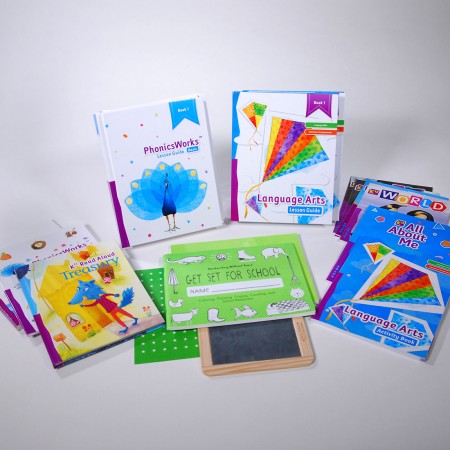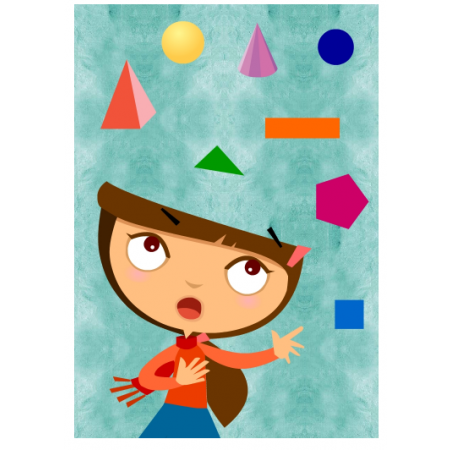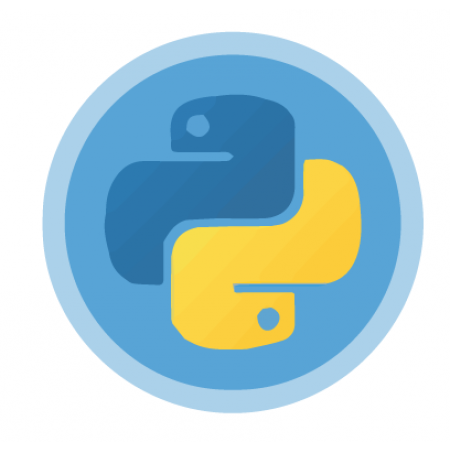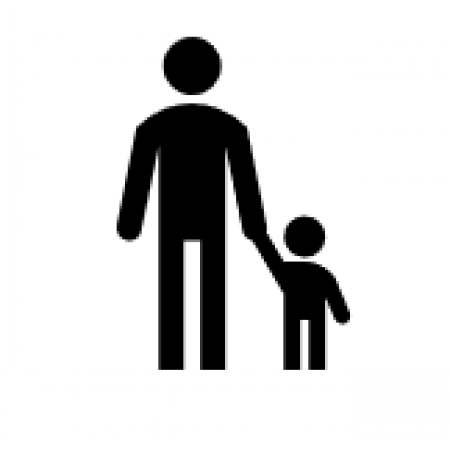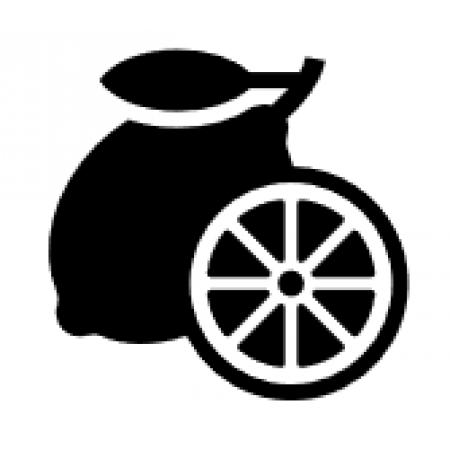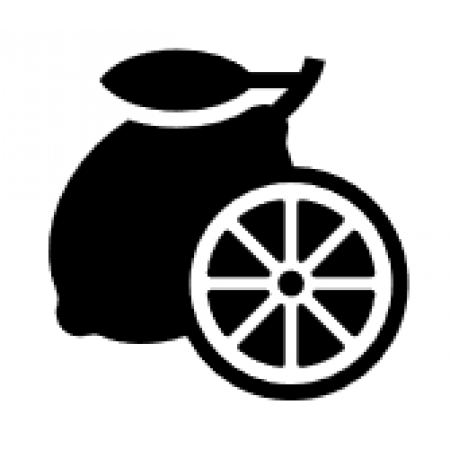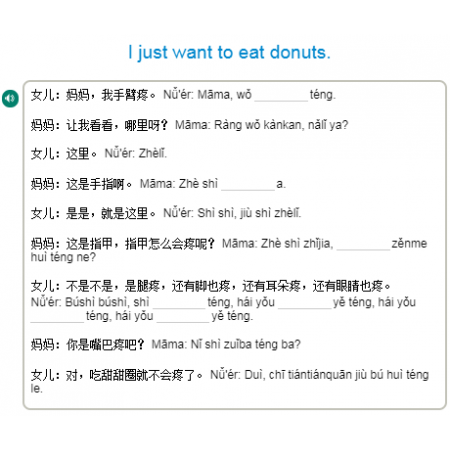x
Search results for 'k12courses.com is merging with certkillers.net in future'
Show Filter
Python Programming 2 (TCH343)
TCH343 Python Programming 2 is a CodeHS course that teaches the fundamentals of computer programming as well as some advanced features of the Python language. Students will develop an appreciation for how computers store and manipulate information by building simple console-based games. It is the second course in a two course sequence and should be completed after TCH342 Introduction to Python Programming 1. Once students complete the Introduction to Python course, they will have learned material equivalent to a semester college introductory course in Computer Science and be able to program in Python. Lessons consist of video tutorials, short quizzes, example programs to explore, and written programming exercises, adding up to over 100 hours of hands-on programming practice in total. Several units have free response questions that have students consider the applications of programming and incorporate examples from their own lives.$450.00
Medical Terminology 2 (HLT214)
This course simplifies the process of memorizing complex medical terminology by focusing on the important word parts$450.00
Introduction to Java Programming 2 (TCH324)
Introduction to Java Programming 2 is a CodeHS course that teaches students the basics of object-oriented programming with a focus on problem solving and algorithm development. Students learn basic Java, methods, data structures, classes, and object-oriented programming in this course. Lessons consist of video tutorials, short quizzes, example programs to explore, and written programming exercises, adding up to over 100 hours of hands-on programming practice in total. Several units have free response questions that have students consider the applications of programming and incorporate examples from their own lives. At the end of each unit, students take a summative multiple choice unit quiz that assesses their knowledge of the Java concepts covered in the unit. Included in each lesson is a formative short multiple choice quiz. It is the second course in a two course sequence and should be completed after TCH323 Introduction to Java 1.
$450.00
Introduction to Java Programming 1 (TCH323)
Introduction to Java Programming 1 is a CodeHS course that teaches students the basics of object-oriented programming with a focus on problem solving and algorithm development. Students learn basic Java, methods, data structures, classes, and object-oriented programming in this course. Lessons consist of video tutorials, short quizzes, example programs to explore, and written programming exercises, adding up to over 100 hours of hands-on programming practice in total. Several units have free response questions that have students consider the applications of programming and incorporate examples from their own lives. At the end of each unit, students take a summative multiple choice unit quiz that assesses their knowledge of the Java concepts covered in the unit. Included in each lesson is a formative short multiple choice quiz.
$450.00
Early Childhood Education 2 (OTH162)
Building on the previous prerequisite course, discover the joys of providing exceptional childcare and helping to develop future generations. Learn the importance of play and use it to build engaging educational activities that build literacy and math skills through each stage of childhood and special need. Use this knowledge to develop your professional skills well suited to a career in childcare!$450.00
Early Childhood Education 1 (OTH161)
Are you curious to see what it takes to educate and nurture early learners? Use your curiosity to explore the fundamentals of childcare, like nutrition and safety, but also the complex relationships caregivers have with parents and their children. Examine the various life stages of child development and the best educational practices to enrich their minds while thinking about a possible future as a childcare provider!$450.00
Culinary Arts 2 (OTH172)
Did you know that baking is considered a science? Building on the prior prerequisite course, discover how to elevate your culinary skills through the creation of stocks, soups, sauces, and learn baking techniques. Examine sustainable food practices and the benefits of nutrition while maintaining taste, plating, and presentation to truly wow your guests. The last unit in this course explores careers in the culinary arts for ways to channel your newfound passion!$450.00
Culinary Arts 1 (OTH171)
Thinking of a career in the food service industry or looking to develop your culinary skills? This introductory course will provide you with basic cooking and knife skills while preparing you for entry into the culinary world. Discover the history of food culture, food service, and global cuisines while learning about food science principles and preservation. Finally, prepare for your future by building the professional, communication, leadership, and teamwork skills that are critical to a career in the culinary arts.$450.00
Middle School Chinese IA
Students begin their introduction to Chinese by focusing on the four key areas of foreign language study: listening, speaking, reading, and writing. The course represents an ideal blend of language learning pedagogy and online learning. Each unit consists of a new vocabulary theme and grammar concept, reading and listening comprehension activities, speaking and writing activities, multimedia cultural presentations, and interactive activities and practices which reinforce vocabulary and grammar. There is a strong emphasis on providing context and conversational examples for the language concepts presented in each unit. Both Chinese characters and pinyin are presented together throughout the course and specific character practices are introduced after the first quarter. Students should expect to be actively engaged in their own language learning, become familiar with common vocabulary terms and phrases, comprehend a wide range of grammar patterns, participate in simple conversations and respond appropriately to basic conversational prompts, analyze and compare cultural practices, products, and perspectives of various Chinese-speaking regions, and take frequent assessments where their language progression can be monitored. The course has been carefully aligned to national standards as set forth by ACTFL (the American Council on the Teaching of Foreign Languages).$450.00
Middle School Chinese IIB
Students continue their introduction to Chinese by focusing on the four key areas of foreign language study: listening, speaking, reading, and writing. The course represents an ideal blend of language learning pedagogy and online learning. Each unit consists of a new vocabulary theme and grammar concept, reading and listening comprehension activities, speaking and writing activities, multimedia cultural presentations, and interactive activities and practices which reinforce vocabulary and grammar. There is a strong emphasis on providing context and conversational examples for the language concepts presented in each unit. Both Chinese characters and pinyin are presented together throughout the course and specific character practices are introduced after the first quarter. Students should expect to be actively engaged in their own language learning, become familiar with common vocabulary terms and phrases, comprehend a wide range of grammar patterns, participate in simple conversations and respond appropriately to basic conversational prompts, analyze and compare cultural practices, products, and perspectives of various Chinese-speaking regions, and take frequent assessments where their language progression can be monitored. The course has been carefully aligned to national standards as set forth by ACTFL (the American Council on the Teaching of Foreign Languages).$450.00
Middle School Chinese IIA
Students continue their introduction to Chinese by focusing on the four key areas of foreign language study: listening, speaking, reading, and writing. The course represents an ideal blend of language learning pedagogy and online learning. Each unit consists of a new vocabulary theme and grammar concept, reading and listening comprehension activities, speaking and writing activities, multimedia cultural presentations, and interactive activities and practices which reinforce vocabulary and grammar. There is a strong emphasis on providing context and conversational examples for the language concepts presented in each unit. Both Chinese characters and pinyin are presented together throughout the course and specific character practices are introduced after the first quarter. Students should expect to be actively engaged in their own language learning, become familiar with common vocabulary terms and phrases, comprehend a wide range of grammar patterns, participate in simple conversations and respond appropriately to basic conversational prompts, analyze and compare cultural practices, products, and perspectives of various Chinese-speaking regions, and take frequent assessments where their language progression can be monitored. The course has been carefully aligned to national standards as set forth by ACTFL (the American Council on the Teaching of Foreign Languages).$450.00
Middle School Chinese IB
Students begin their introduction to Chinese by focusing on the four key areas of foreign language study: listening, speaking, reading, and writing. The course represents an ideal blend of language learning pedagogy and online learning. Each unit consists of a new vocabulary theme and grammar concept, reading and listening comprehension activities, speaking and writing activities, multimedia cultural presentations, and interactive activities and practices which reinforce vocabulary and grammar. There is a strong emphasis on providing context and conversational examples for the language concepts presented in each unit. Both Chinese characters and pinyin are presented together throughout the course and specific character practices are introduced after the first quarter. Students should expect to be actively engaged in their own language learning, become familiar with common vocabulary terms and phrases, comprehend a wide range of grammar patterns, participate in simple conversations and respond appropriately to basic conversational prompts, analyze and compare cultural practices, products, and perspectives of various Chinese-speaking regions, and take frequent assessments where their language progression can be monitored. The course has been carefully aligned to national standards as set forth by ACTFL (the American Council on the Teaching of Foreign Languages).$450.00
NEED MORE INFO

THANK YOU!
We have received your inquiry and you will start to receive additional information about our school offerings and programs. An enrollment consultant will contact you shortly.
